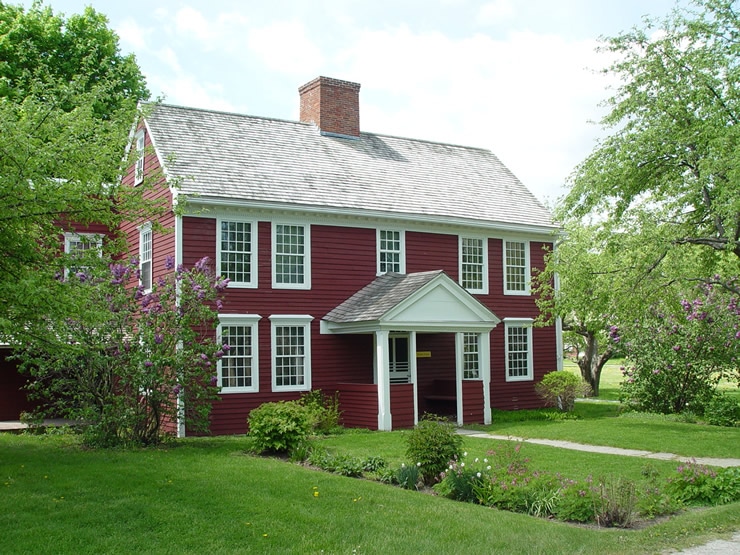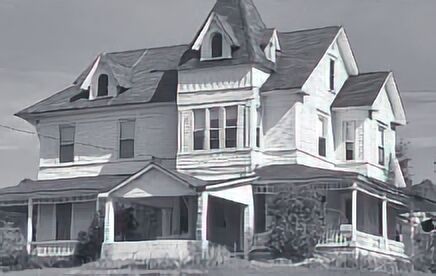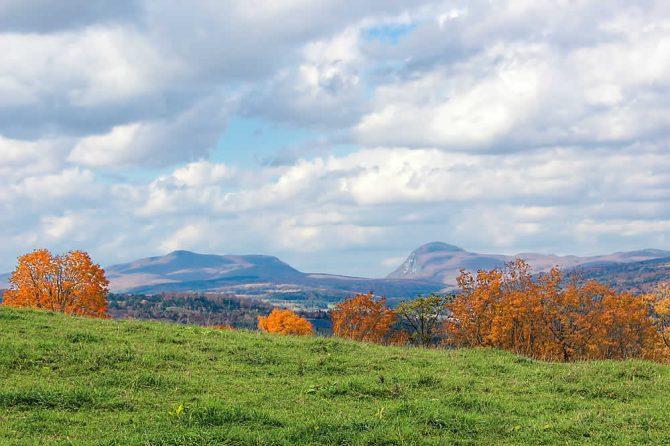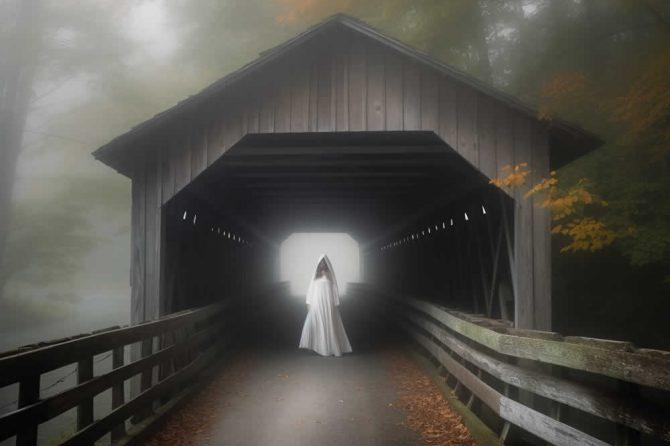The Shelburne Museum literally has a collection of houses that could easily be interpreted as haunted. The Dutton House is located across from the covered bridge and supposedly is the home to an old man who lurks in the corner of the attic upstairs. Some of the museum's employees claim to have seen the ghost or heard odd noises.
Thank you for reading this post, don't forget to subscribe to our email list for the latest news!





